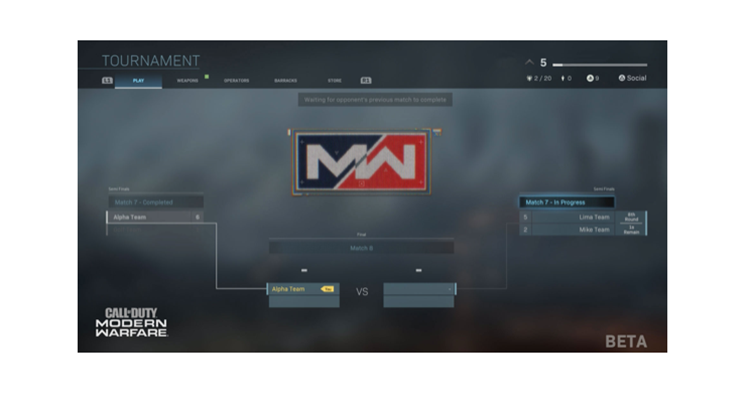Gamers: An Untapped Market for AV Integrators
 This is the first installment of rAVe’s new series about gaming in the HomeAV market. It’s no secret that gaming’s demographics have evolved from children to a majority of adults — and those adults have access to a substantial entertainment budget. As AV integrators, we have particular access to people already spending thousands on entertainment with custom AV and control setups, which gives us an edge.
This is the first installment of rAVe’s new series about gaming in the HomeAV market. It’s no secret that gaming’s demographics have evolved from children to a majority of adults — and those adults have access to a substantial entertainment budget. As AV integrators, we have particular access to people already spending thousands on entertainment with custom AV and control setups, which gives us an edge.
More and more people want to spend their time and money on games instead of movies – the traditional wheel-house of HomeAV integrators. Here are some 2013 quick statistics provided by the ESA game industry association:
- 58 percent of Americans play video games
- There are an average of two gamers in each game-playing U.S. household
- 51 percent of U.S. households own a dedicated game console, and those that do own an average of two.
- The average age of game players is 30 and 36 percent of total gamers are over 36 years old.
- The average age of the most frequent game purchaser is 35.
- 43 percent of game players believe that computer and video games give them the MOST value for their money compared with DVDs, music or going out to the movie. Just think about it – an average new game release price is $60. For a game that can provide 150 unique hours of play during its lifetime, that works out to 40 cents for an hour of fun. Compare that to an average of $6 an hour for a movie. And only two unless you buy the move later and re-watch.
- Of gamers who are playing more games than they did three years ago, they are now spending a lower percentage of their time on watching TV (49 percent less), going to movies (47 percent less), and watching movies at home (44 percent less).
- 42 percent of game console owners use the consoles to watch movies
- And – not surprisingly – 58 percent of parents play with their children at least monthly.
- In 2012, consumers spent 20.77 billion dollars on games and hardware.
If you’re a regular reader of rAVe Home AV, these number shouldn’t be a huge surprise. And yet, many game setups in theaters and integrated living rooms are usually an after-thought. One possible reason is that game hardware has no margin and can be installed by a 8 year old with access to open HDMI port. But, if there’s one thing Gary has emphasized in countless articles and seminars, it’s that we need to focus on service and service contracts! We can take that game system, and bring it from an after-thought to an EXPERIENCE. We can use audio and video to immerse clients in the virtual environment in a way that plugging in to a 32” LCD will never replicate. We can customize the UI experience to add to the existing hardware and interface instead of fighting it. We can customize game hardware integration into rooms in a way that is clean, professional and convenient. We can show them what’s possible in a way they’ve never seen.
We can also introduce them to new technologies they didn’t even know they wanted. Virtual reality is finally getting ready to hit the mainstream with products like the Oculus Rift, Sony’s 3D OLED headset, Omni walking controller, and the Sixense 3D motion controller. VR is not quite mainstream yet, but putting these products in their hands and on their head will push any gaming lovers right over the chasm into this new category of products you can offer. 3D products, which you’re probably already selling will have a new life as well, enhancing the value of your existing systems.
But part of the way you can reach clients with what you can do for them and sell them on gaming rooms is to stay current on game hardware capabilities. What’s the hottest selling game and what kind of client is interested? What hardware accessories are available? What game system suits a client best? How can they bring computer gaming into the gaming room and out of the crammed home office (a largely untapped AV market possibility)?
In upcoming articles I will keep you updated on all these issues. I’ll especially give a spotlight to the imminent release this month of the Xbox One and PS4 consoles and what their respective capabilities mean to our industry. I’m excited, and I hope you are too!





